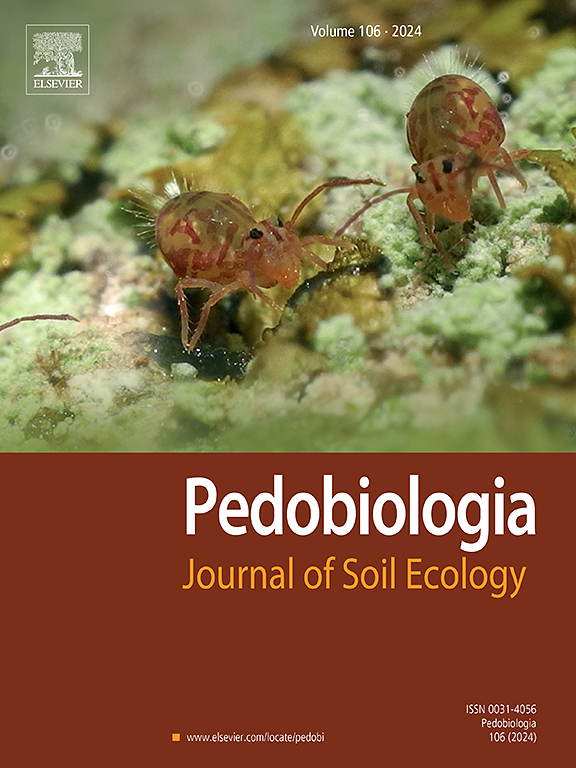Microbial inoculation alters rhizoplane bacterial community and correlates with increased rice yield
Abstract
Microbial inoculants are recognized as environmentally friendly methods to promote plant growth and improve soil properties. However, the effects of inoculation on the rhizosphere and rhizoplane community structure of plants remain poorly documented and need further investigation. Rhodopseudomonas palustris (R. palustris) strain has nitrogen fixing ability and Bacillus subtilis (B. subtilis) strain is a plant growth-promoting rhizobacterium (PGPR). In this study, we investigated the effects of single and co-inoculation with R. palustris and B. subtilis on the increase of rice yield as well as on the microbial communities in the rhizosphere and rhizoplane of rice through potting experiments, respectively. The results showed that inoculation significantly increased rice yield and seed setting rate, with co-inoculation raising the yield by up to 13.7%. Inoculation influenced both rhizosphere and rhizoplane community structures and functions, amplifying the differences between them. The most significant changes were brought about by the combined inoculation treatment. Co-inoculation with R. palustris and B. subtilis had a synergistic effect. The profound alterations of rhizoplane bacterial community structures and functions were proved to be positively correlated with rice yield and seed setting rate (r = 0.59–0.76, p < 0.05). These results provide new ideas for the investigation of the potential microbiological mechanisms of microbial co-inoculation in practical agricultural applications.

 求助内容:
求助内容: 应助结果提醒方式:
应助结果提醒方式:


